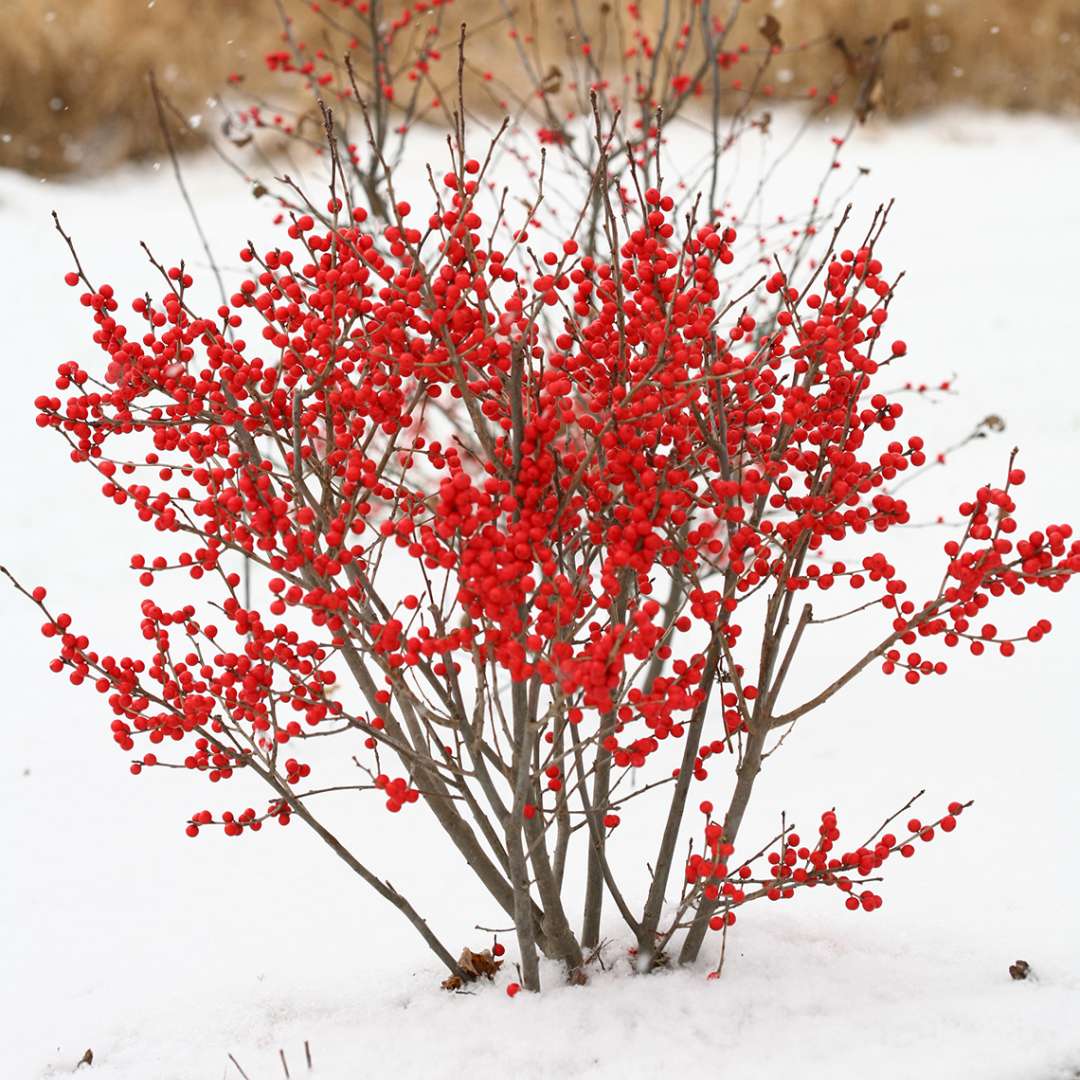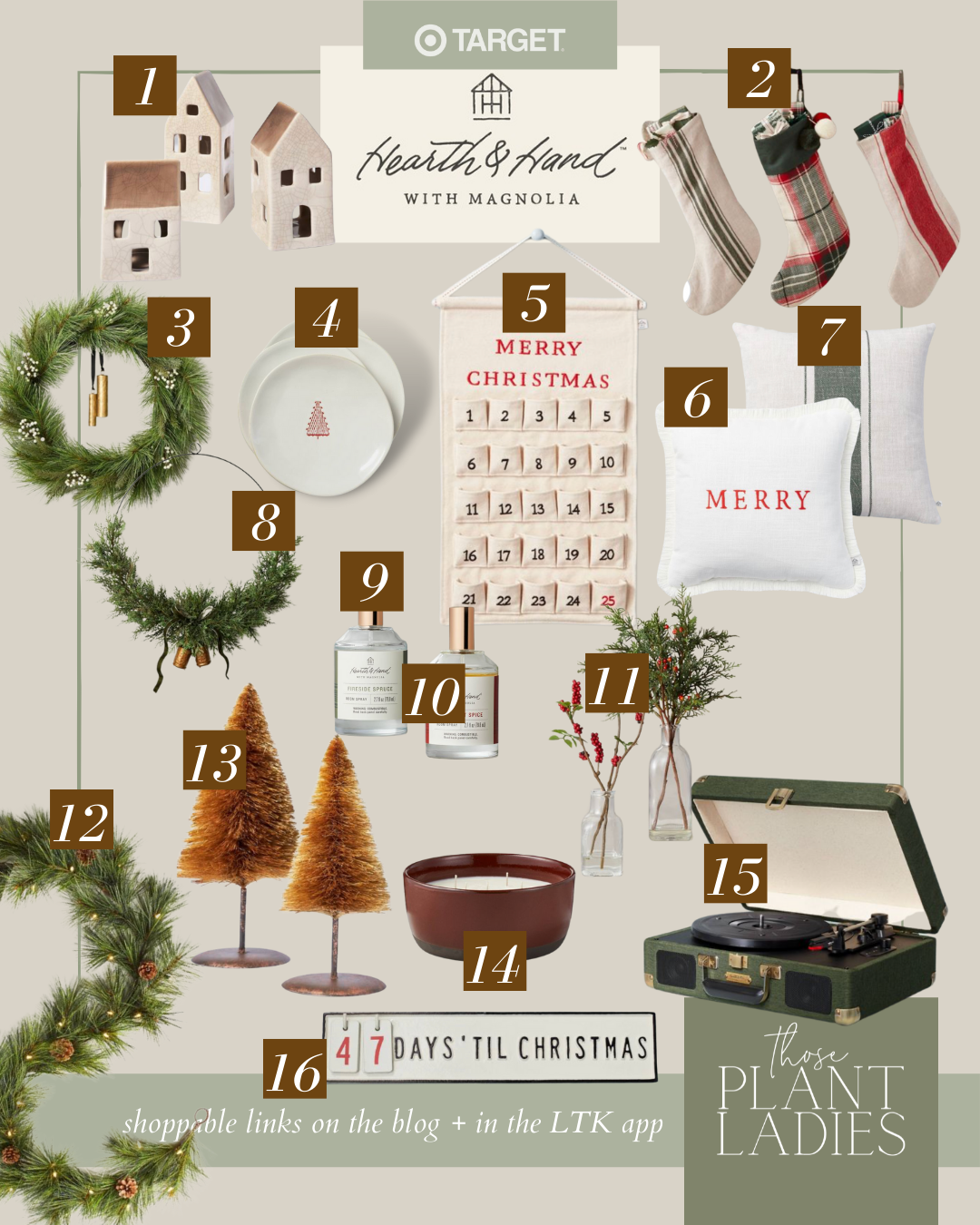Hydrangeas are one of the most classic plants you will find in landscapes across the United States – and for good reason! We’re obsessed with the huge blooms they produce in a variety of pinks, blues, whites, and everything in between. They are tough plants that tolerate a wide range of environmental conditions and abuse! These qualities make the hydrangea a staple in many of our landscape installation partnerships with Fawn Renae Designs.
RELATED: 3 REASONS WHY WE ONLY INSTALL FOR FAWN RENAE DESIGNS

RELATED: The Blooming Estate Installation

When it comes to pruning hydrangeas, they’re extremely resilient… which means they bounce back from even the worst butcherings from a rookie plant lady. But it’s critical that you prune your hydrangeas at the right time of year if you want to be able to enjoy those gorgeous flowers. It’s possible to prune those beautiful blooms off before they even get a chance to show-up! To make things a little more complicated, the “right time” for your hydrangea may vary, depending on the species of hydrangea you have. We’re here to walk you through identifying the types of hydrangeas you have and when to prune them to get the best showing of blooms each year!
There are several species of hydrangea out there but, at the end of the day, they can be broken into two categories that we care about – early-blooming and late-blooming. Which category of hydrangea you have determines when you should be pruning your shrub.
Early-Blooming Hydrangeas
Early-blooming hydrangeas bloom in the spring and early summer. In order to bloom on time, these hydrangeas produce the buds for their flowers in the late summer and fall, before going dormant for the winter. These flower buds rest on the plant through the cold months, just waiting for the moment when they can bloom right at the start of the growing season. You will often hear that these hydrangeas bloom on “old wood” because the blooms are produced on the wood grown the year before they bloom.
These types of hydrangeas should be pruned in the summer after they’ve finished blooming but before they produce the buds for the next year’s flowers. If you prune these hydrangeas in the winter, you will be cutting off those flower buds that were anxiously waiting for spring to pop open into blooms.

Late-Blooming Hydrangeas
Late-blooming hydrangeas bloom in the late summer and into fall. They often will hold onto old flower heads through the winter. These late bloomers produce their flower buds and bloom all in one year. The buds form in the spring and early summer and immediately open into blooms by late summer and through the fall. You will often hear that these hydrangeas bloom on “new wood” because they grow new wood and buds and bloom all in the same year.
These hydrangeas should be pruned at the end of the dormant season, just before new leaves appear in the spring. Pruning always stimulates new growth so you don’t want to prune too early or you might see new leaves appear that will be susceptible to frost damage.
RELATED: What’s Happening in the Fall Landscape
There is one exception to these categories and they are the ‘Endless Summer’ varieties. These hydrangeas bloom on old and new wood. For these, you should remove the first round of blooms as they begin to decline, allow space and time for the second round of late blooms to develop and open.

How do I tell what kind of hydrangea I have?
The first place to look is on the plant label! We have a whole post of how to read your plant labels but, you should look for the scientific name listed on the plant label. It should be italicized and begin with Hydrangea. It’s that second italicized word that will tell you the species of hydrangea that you have. Once you know which species you have, you’ll know for sure when to prune. Just match the species on your label to the chart we’ve provided below.
If you can’t find your plant label or maybe you bought your property with hydrangeas already planted, you can still identify your hydrangrea species without the label. Here are a couple things to look for when identifying your hydrangea:

1 Leaf shape:
It’s really easy to pick out an oakleaf hydrangea (H. quercifolia) from the rest. Oakleaf hydrangeas have large, irregular leaves with deep lobes. All other species of hydrangeas will have typical, oval-shaped leaves with pointed tips and serrated edges.
RELATED: Featured Plant: Oakleaf Hydrangea


2 Bloom time:
Watch for when your hydrangeas blooms. Are they blooming around the time leaves are emerging in the spring? They are probably early-bloomers. Are they blooming in July or August through September or October? They are probably late-bloomers.


3 Bud development:
Get up close and personal with your hydrangeas in the late fall and through winter. You’ll be able to tell if it has flower buds present or not. Both kinds of hydrangeas will have small leaf buds up and down the stems but flower buds are significantly larger and more noticeable than leaf buds. If you’re looking at something teeny, tiny and wondering if you have a leaf or flower buds, it’s probably just a leaf.

| Common Name | Scientific Name | Category | When to Prune |
|---|---|---|---|
| Oakleaf Hydrangea | Hydrangea quercifolia | Early-Blooming | Mid-Summer After Blooming |
| Mophead Hydrangea; Lacecap Hydrangea; Big Leaf Hydrangea | Hydrangea macrophylla | Early-Blooming | Mid-Summer After Blooming |
| Panicle Hydrangea | Hydrangea paniculata | Late-Blooming | Late Winter Before Leaves Emerge |
| Smooth Hydrangea | Hydrangea arborescens | Late-Blooming | Late Winter Before Leaves Emerge |
| Endless Summer® Hydrangea | Hydrangea macrophylla Endless Summer ® | Early- and Late-Blooming | Prune back first blooms as they are declining |

PIN FOR LATER







